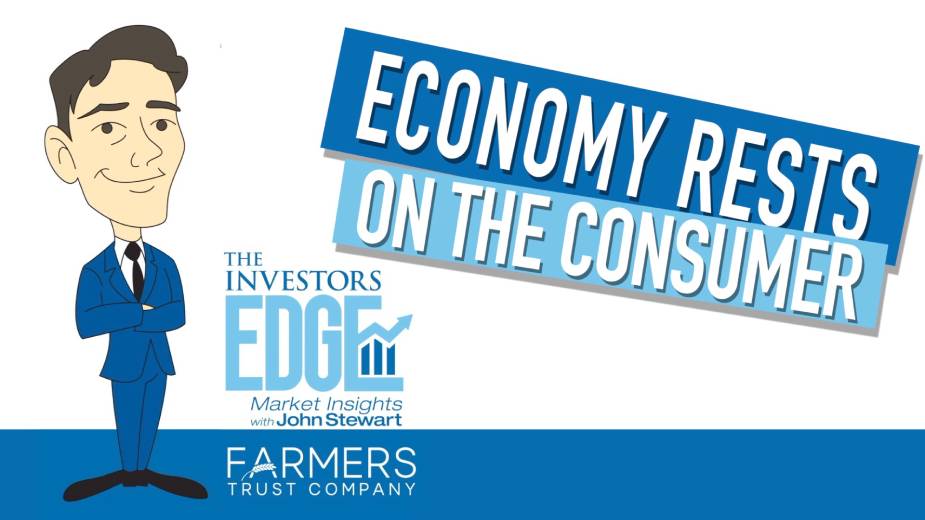Commodities Go Wild on Russian Escalation | Investors Edge
By John Stewart, chief investment officer at Farmers Trust Co.
CANFIELD, Ohio — In our last episode, Russian posturing was keeping stocks on edge while sending energy prices higher. In the past couple of weeks we’ve seen the Russian invasion of Ukraine send those same dynamics into overdrive.
In two-and-a-half weeks, oil soared roughly 40%, briefly touching $130/barrel, a level not seen since 2008, before it eased back some on hopes of more supply coming from OPEC nations.
Many other commodities have also risen dramatically in price. Gold recaptured $2,000/ounce for the first time since 2020, and nickel prices soared 90% in just one day this past week.
Despite, or perhaps because of the obvious inflationary pressures, wage growth has stalled and surveys of business activity have shown a cooling of demand and economic growth.
Looking ahead, the most important question to answer is whether the Federal Reserve will allow higher prices for longer in order to protect growth, or if they will be more aggressive in combating inflation at the expense of growth, which will have implications for the future path of commodity prices in addition to all financial markets. We’ll get some color on the answer to that question next week when the Fed meets.
Featured Insight: Can You Get Out?
When buying financial assets, most people think only of the return they expect to achieve by holding the investment for a certain period of time.
Some people take the next step and try to quantify the potential risk of the investment. Fewer still actually have a plan for how they will exit an investment if things don’t go according to plan.
When we make decisions, we have to ask ourselves how reversible they are. “If I am wrong, how easily can I get out of it?”
Some investors may have decided to take a shot and purchase shares in one of several publicly traded Russian stock index funds. That obviously wasn’t prudent given the massive price drop in Russian stocks due to sanctions placed on the Russian economy. To add insult to injury, those funds have now stopped trading completely, and investors have no ability to exit those positions at any price and no expectation of when, if ever, they may be able to unwind those investments.
This is obviously an extreme example; unprecedented in many ways. Nevertheless, there are a lot of investments lurking around out there that have certain liquidity constraints, making it difficult for investors to get out when they want to get their money back, regardless of whether the investment is at a profit or a loss.
Do your homework, and understand how easy it is to liquidate an investment before you jump in.
Looking Ahead: More of the Same
It seems that we’re always looking ahead to find out what the Federal Reserve bank is going to do or say. Perhaps that’s because they’ve engrained themselves so deeply into the functioning of financial markets.
Like it or not, that’s the world we live in.
As I mentioned, the Fed will be meeting next week, and in all likelihood they will raise their target Fed Funds rate by a quarter of one percent.
Because we are currently seeing evidence of stagflation (rising inflation and slowing growth), the committee will need to thread the needle to convince the market it can handle the inflation problem without undermining the economy and risking further damage to the stock market.
Copyright 2024 The Business Journal, Youngstown, Ohio.


